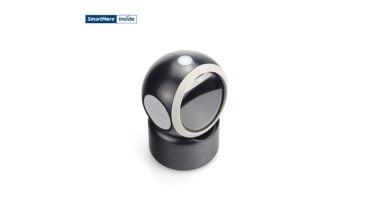12V Fridge. Cooling with 12 volts

In the summer heat, a sip of cold water is more valuable than ever, especially on the road. Alas, not every car has a cooled box. Let’s fix this omission with the help of a 12v fridge! Moreover, in addition to cooling water, it has many other useful functions.
How does a 12V Fridge work?
If you expect to find a noisy electric motor and a hot freon-filled radiator (similar to a kitchen appliance) in a portable refrigerator, we will be happy right away – in most models there is nothing like that. Yes, there are absorption portable refrigerators with ammonia and compressor refrigerators with freon, but these units are designed for professional use – for example, for freezing fish on board a boat or in the back of a pickup truck. In automotive stores, refrigerators of a different type are presented – thermoelectric.
The principle of operation of a thermoelectric car refrigerator, powered by a standard cigarette lighter socket, is based on the Peltier effect – the transfer of energy from one conductor to another when an electric current passes through them. Simply put, inside such a refrigerator there is a battery of two conductors. When current is applied, heat transfers from one of them (the one closer to the inner wall of the refrigerator) to the other – the outer one. In this way, heat is removed from the refrigerator compartment to the outside.
The most interesting thing is that the Peltier effect also works in the opposite direction. If you change the polarity, i.e., the direction of current flow, the internal element will begin to heat up, and the external element will cool, and the refrigerator will turn into a stove. Switches to the heating mode are on most thermoelectric models.
Pros and cons of the 12V fridge
Portable thermoelectric refrigerators have both many advantages and several significant disadvantages that motorists need to be aware of in order to use them correctly.
Let’s start with the good:
⊕ Reliability. There are no moving parts in a thermoelectric refrigerator, except for the cooling fan – there is almost nothing to break in it.
⊕ Vibration resistance. The refrigerator is not afraid of shaking, driving over bumps, and large rolls – it can work in any position, even on its side and upside down.
⊕ Work as a “stove”. In the heating mode, the thermoelectric refrigerator can heat food, which makes it relevant even in winter travel.
⊕ No refrigerant. No freon – no possible leaks. The thermoelectric refrigerator also does not require maintenance.
⊕ Silence. The cooling fan can be a little noisy (comparable to a computer cooler), but most models have a quiet mode.
And here are the promised cons:
⊖ Low efficiency. Do not expect thermoelectric miracles: such a refrigerator creates a temperature difference (outside and inside the refrigerator compartment) of about 15–17 °C. Accordingly, if the interior of the car has warmed up to +25 ° C, there will be about 10 degrees of heat in the refrigerator – you definitely can’t bring ice in it.
⊖ Slow cooling/heating. It takes a long time for the refrigerator to create even such a small temperature difference.
⊖ High power consumption. You can’t leave a working refrigerator in the car with the engine turned off – the battery will quickly run out.
The disadvantages of thermoelectric refrigerators are, of course, sensitive, but there are a few tricks that will help to almost eliminate these disadvantages.




